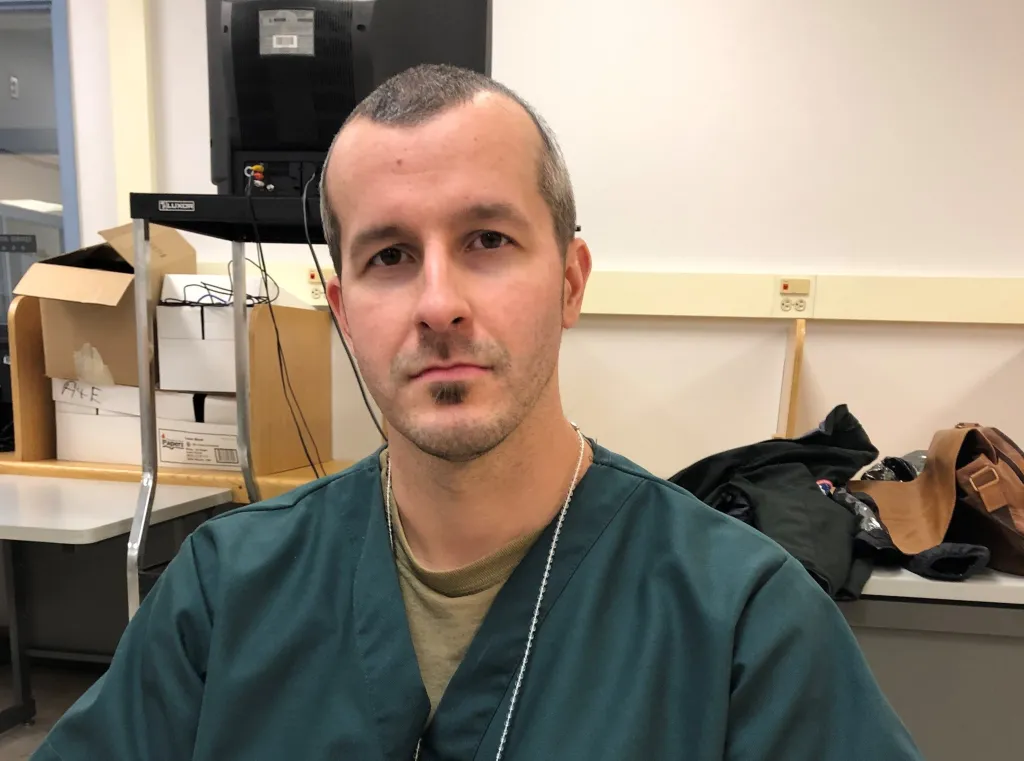The Chris Watts case stands as one of the most chilling and tragic family annihilator cases in recent American history. In August 2018, the small town of Frederick, Colorado, was thrust into the national spotlight when Shanann Watts and her two young daughters, Bella and Celeste, went missing. Within days, Shanann’s husband, Chris Watts, was arrested and later confessed to murdering his pregnant wife and their two daughters. This case has been the subject of extensive media coverage, documentaries, and analysis due to its shocking nature and the seemingly normal facade maintained by Watts up until the crimes. This article delves deep into the timeline of events, the investigation, Watts’ confession, psychological insights, and the aftermath of the case.
Prelude to Tragedy
Shanann Watts returned home from a business trip in the early hours of August 13, 2018, seemingly to a normal life. She was 15 weeks pregnant with a son, who was to be named Nico. The Watts family, from the outside, appeared to be a picture-perfect unit living a happy, suburban life. Chris Watts worked at Anadarko Petroleum, while Shanann was successful in a multi-level marketing company, selling Thrive products. However, beneath the surface, there were significant strains. Financial difficulties, marital discord, and Chris Watts’ extramarital affair painted a starkly different picture.
The Disappearance
Shanann and her daughters were reported missing later on August 13 by a friend and colleague, who found it alarming that Shanann had missed a scheduled OB-GYN appointment and was not responding to texts. When the police conducted a welfare check, they found Shanann’s car, her wallet, and the children’s car seats in the house, raising immediate concerns. Chris Watts initially appeared on local news pleading for his family’s safe return, a performance that raised suspicions due to his lack of genuine emotion.
The Investigation and Confession
The investigation into the disappearances took a dramatic turn when Chris Watts failed a polygraph test. Faced with the overwhelming evidence and after being confronted with the reality of his failing polygraph test, Watts confessed to murdering Shanann. However, he initially claimed that he strangled Shanann in a rage after witnessing her strangling their daughters via a baby monitor, a story he later admitted was false. Watts eventually confessed to murdering all three, revealing he had disposed of his daughters’ bodies in oil tanks and buried Shanann in a shallow grave at his worksite.
Psychological Analysis
The Chris Watts case has been the subject of extensive psychological analysis. Experts have attempted to understand what could drive a seemingly devoted husband and father to commit such heinous acts. Factors such as narcissism, sociopathy, and the desire for a new life with his mistress have been suggested as possible motivations. The case highlights the dangers of living a double life and the extreme measures some will take to escape their current reality. Watts’ emotionless demeanor and lack of remorse have been particularly chilling, suggesting a deep-seated psychological pathology.
Media and Public Reaction
The case quickly captured the attention of both the national and international media, leading to widespread public fascination and horror. The release of interrogation tapes, body camera footage from police, and text messages between Shanann and Chris added layers of complexity to the public’s understanding of the case. Documentaries and true crime analysis have attempted to piece together how a family seemingly so full of love and promise could end in such a tragic downfall. Public reaction has ranged from empathy for Shanann and her children to outrage and disbelief towards Chris Watts for his actions.
The Aftermath and Reflections
Chris Watts pleaded guilty to all charges in November 2018 to avoid the death penalty, receiving five life sentences without the possibility of parole. The house where the murders took place remains unsold, standing as a grim reminder of the tragedy. The Watts family murders have prompted discussions on domestic violence, the facade of social media happiness, and the psychological profiles of family annihilators. The community of Frederick, Colorado, and the nation continue to mourn the loss of Shanann, Bella, Celeste, and Nico, reflecting on the horrifying realization that evil can lurk behind the most ordinary facades.
Conclusion
The Chris Watts case is a harrowing reminder of the complexities hidden within human relationships and the potential for evil within seemingly normal individuals. It raises questions about the nature of love, trust, and the facade of happiness often portrayed to the outside world. As we reflect on the lessons from this tragedy, it becomes imperative to recognize the signs of domestic distress and the importance of addressing underlying issues before they escalate into irreversible actions. The legacy of Shanann, Bella, Celeste, and Nico lives on as a stark reminder of the preciousness of life and the devastating impact of its loss.

